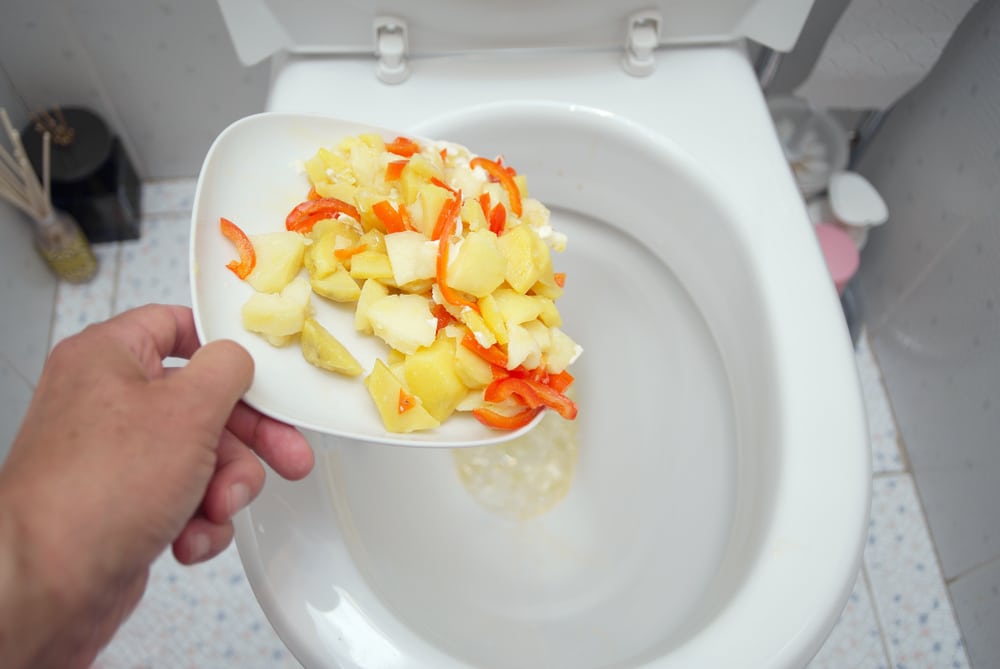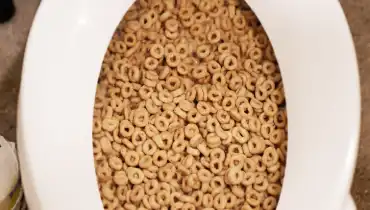Are You Allowed to Dispose of Food in the Toilet?
Are You Allowed to Dispose of Food in the Toilet?
Blog Article
How do you feel on the subject of Flushing Food Down the Toilet??

Introduction
Many people are commonly confronted with the issue of what to do with food waste, specifically when it comes to leftovers or scraps. One usual inquiry that emerges is whether it's fine to flush food down the commode. In this post, we'll delve into the reasons that individuals might take into consideration flushing food, the effects of doing so, and alternate approaches for appropriate disposal.
Reasons that people may take into consideration purging food
Lack of awareness
Some individuals might not know the possible damage brought on by flushing food down the bathroom. They might mistakenly think that it's a safe technique.
Ease
Purging food down the commode might feel like a fast and simple option to throwing away undesirable scraps, particularly when there's no nearby trash bin offered.
Laziness
In many cases, people may merely choose to flush food out of sheer negligence, without considering the effects of their activities.
Effects of flushing food down the bathroom
Ecological influence
Food waste that winds up in rivers can add to air pollution and injury aquatic environments. In addition, the water utilized to purge food can strain water resources.
Plumbing issues
Purging food can result in stopped up pipes and drains pipes, causing expensive plumbing fixings and inconveniences.
Types of food that should not be flushed
Coarse foods
Foods with coarse appearances such as celery or corn husks can obtain tangled in pipelines and trigger blockages.
Starchy foods
Starchy foods like pasta and rice can absorb water and swell, bring about obstructions in pipes.
Oils and fats
Greasy foods like bacon or cooking oils need to never be purged down the commode as they can solidify and trigger clogs.
Proper disposal techniques for food waste
Making use of a garbage disposal
For homes geared up with garbage disposals, food scraps can be ground up and purged via the pipes system. Nonetheless, not all foods appropriate for disposal in this fashion.
Recycling
Particular food product packaging products can be reused, reducing waste and lessening environmental effect.
Composting
Composting is an environment-friendly way to deal with food waste. Organic materials can be composted and used to enrich soil for horticulture.
The value of proper waste management
Lowering environmental harm
Appropriate waste management methods, such as composting and recycling, help decrease pollution and protect natural resources for future generations.
Protecting plumbing systems
By avoiding the method of flushing food down the commode, property owners can stop pricey pipes repairs and keep the integrity of their pipes systems.
Verdict
Finally, while it might be appealing to flush food down the commode for convenience, it is very important to comprehend the potential consequences of this activity. By embracing correct waste monitoring practices and taking care of food waste properly, people can add to much healthier pipes systems and a cleaner environment for all.
FLUSH FOOD DOWN THE TOILET?
FLUSHING FOOD CAN CAUSE BLOCKED DRAINS IN YOUR HOME
All of the plumbing fixtures in your home are connected to the same sewer pipe outside of your home. This outdoor sewer pipe is responsible for transporting all the wastewater from your home to the Council sewer mains. Even small pieces of food that go down the kitchen sink can cause problems for your sewer. It should therefore be obvious that flushing larger bits of food, such as meat, risks a clog in either the toilet itself or the sewer pipes. Flushing greasy food is even more problematic because oil coagulates when it cools, coating the interior lining of your pipes.
THE TOILET IS NOT A BIN
Food isn’t the only thing that people shouldn’t be flushing down the toilet. People use the toilet to dispose of all kinds of things such as tampons, makeup wipes, dental floss, kitty litter and even underwear. Water goes to great lengths to educate residents about the high costs and stress placed on wastewater treatment systems simply from people flushing the wrong stuff down the toilet. It costs taxpayers millions of dollars each year, and homeowners thousands in blocked drain repairs.
FLUSHING FOOD IS A WASTE OF WATER
Flushing food is a waste of our most precious resource - water. In June this year Level 1 water restrictions were introduced to protect water supply from drought conditions. Much of New South Wales continues to be affected by prolonged drought with recent figures revealing up to 97 per cent of the state remains in drought. Depending on whether you have a single or dual flush toilet, every single flush uses between five and 11 litres of water. In the current climate this is a huge amount of water to be wasting on flushing food that should be placed in the bin (or better yet, the compost).
https://www.jabplumbingsolutions.com.au/blog/can-you-flush-food-down-the-toilet

We are very drawn to Think Twice Before Flushing Food Down Your Toilet and I hope you enjoyed reading our blog post. In case you appreciated our blog posting plz consider to pass it around. We appreciate your readership.
Maintenance Sign-Up Report this page